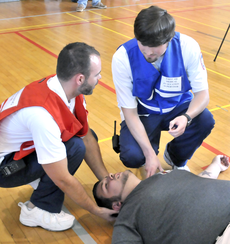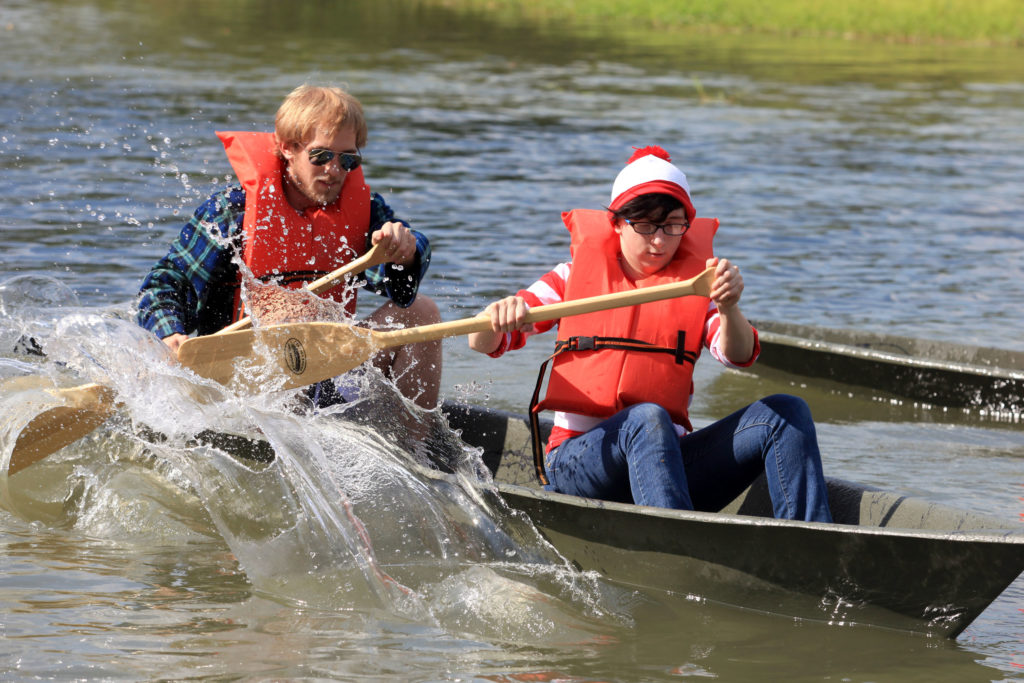Students in the nursing department were given the opportunity to participate in a disaster training situation yesterday in Shaver Gym.Thirty-two nursing senior participated along with two nursing faculty members, Shirleen Trabeaux and Tanya Schreiber, director of environmental health and safety Brian Clausen and disaster coordinator for the Department of Health and Hospitals Kayla Guerrero.
The exercise was scheduled to last from 8 a.m. until late in the afternoon.
Trabeaux said that the exercise was meant to show community health nursing students how to manage a disaster situation.
“For example, if there was a bioterrorist attack with anthrax and we had to immediately begin administering medication to people, Nicholls students, faculty, staff and their families would be assigned to come here,” Trabeaux said. “We should have approximately 50 volunteers.”
Before lunch, students learned about disaster management, and in the afternoon, the group tested one component of the University’s disaster Point of Dispensing plan.
Trabeaux said that the exercise is a test of how quickly the University can move people through the process. The disaster content was taught prior to the exercise and students did a case study on managing a disaster.
“It’s a great way to apply the concept,” Trabeaux said.
Guerrero said that if vaccinations were needed, the setup would be different, but yesterday the students practiced dispensing oral medication.
Clausen said that this training exercise is only part of the disaster plan.
“If we were running a full exercise, we would be looking at logistics, parking, security and other things like that,” Clausen said.
He said that he hopes it can continue to grow each year and eventually turn into a full training exercise.
“This is important to Nicholls, because it shows the community involvement that Nicholls has,” Clausen said. “Our main goal as a closed POD would be to take care of students, faculty, staff and their families.”
He said that the University would be responsible for the care of about 10,000 people in an emergency, making an overflow at health centers and hospitals is less likely.
He said that training and practice is necessary to give people an idea of how the situation and plan would actually work.
“The set plan is there, it just has to be updated given the situation,” Clausen said. “Sometimes it’s even updated on the fly.








